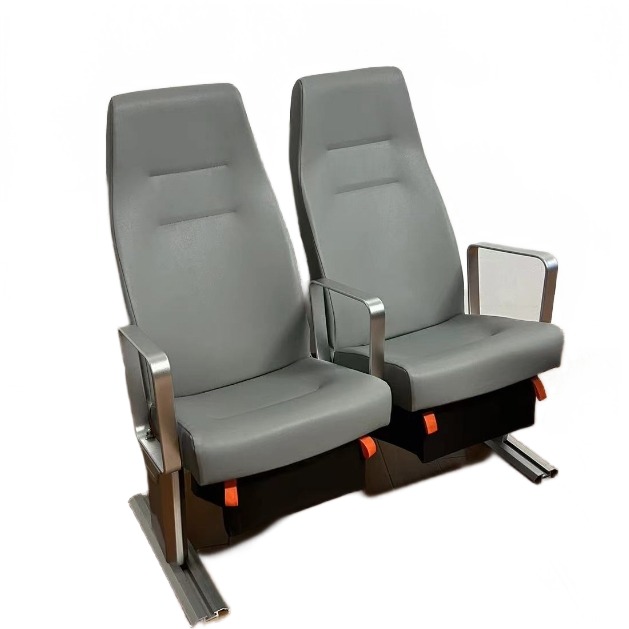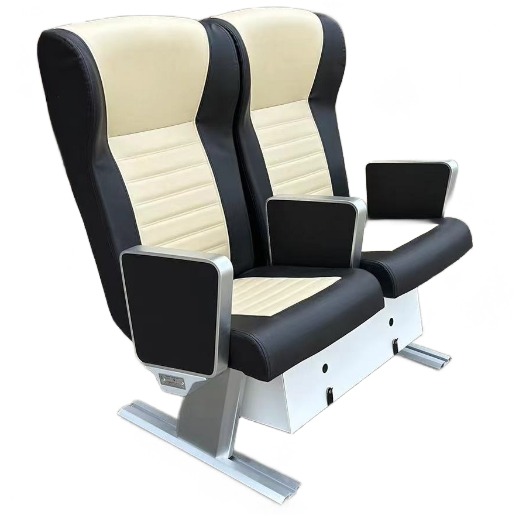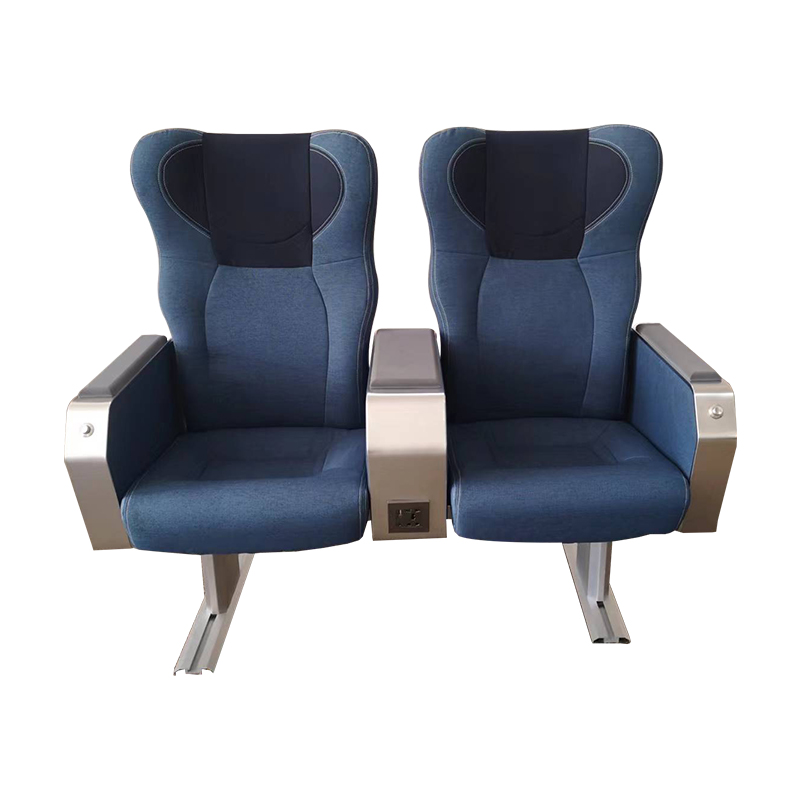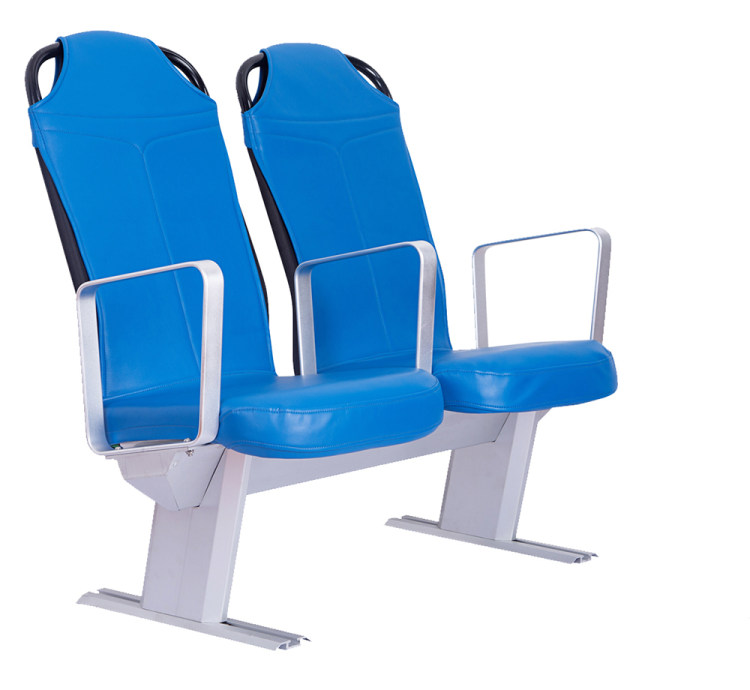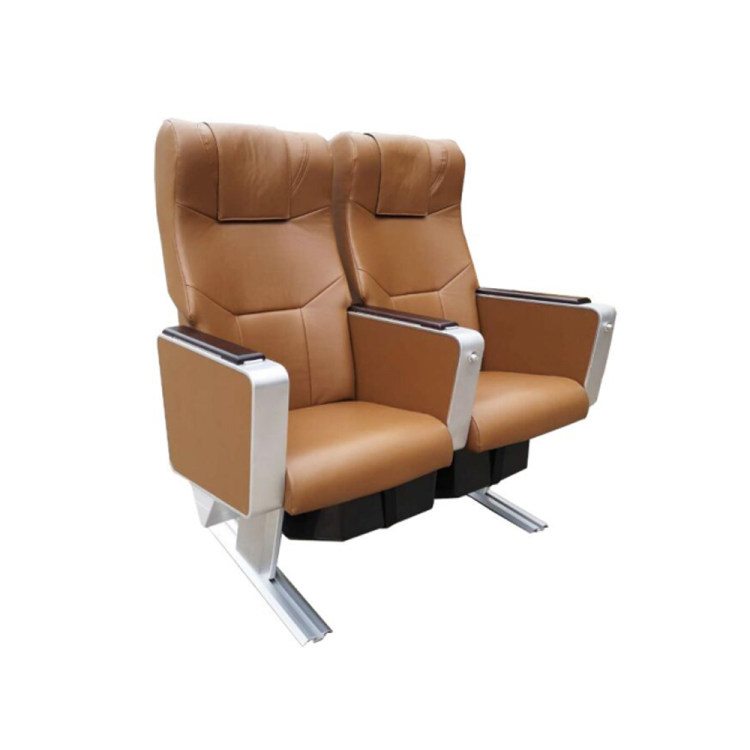How to Achieve Space-saving Designs in Marine Passenger Seats
Table of Contents
Efficient space utilization is a critical consideration in marine vessel design, especially for passenger ships where maximizing comfort and functionality within limited space is important. Marine passenger seats are pivotal in achieving this balance, with modern innovations increasingly focused on space-saving designs. These advancements not only enhance passenger comfort but also optimize vessel capacity and operational efficiency.
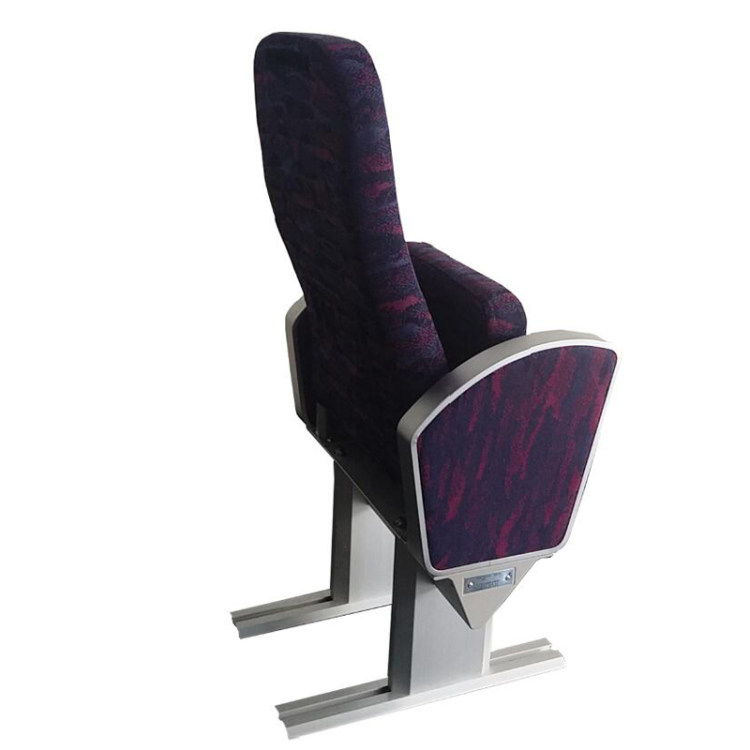
Why Need Space-saving Designs in Marine Passenger Seats
Marine vessels, from ferries to cruise ships, face unique challenges in optimizing space without compromising passenger comfort or safety. Space-saving designs in passenger seats are not just a convenience but a necessity for achieving efficiency and comfort.
- Maximizing Passenger Capacity: Marine vessels operate under strict spatial limitations. Space-saving seats allow vessel operators to increase passenger capacity without requiring larger or redesigned vessels. By optimizing the seating arrangement, operators can accommodate more passengers per trip, leading to increased revenue potential.
- Enhancing Passenger Comfort: Crowded seating arrangements can detract from passenger comfort and satisfaction. Slim-profile and ergonomic seat designs create more legroom, wider aisles, and an overall sense of openness, improving the travel experience.
- Operational Flexibility: Modern marine vessels are often multipurpose, requiring adaptable spaces for various functions. Space-saving seating solutions, such as folding or modular seats, provide the flexibility to reconfigure spaces based on operational needs, such as accommodating larger groups or converting areas for alternative uses.
- Efficient Use of Limited Space: Marine vessels, particularly smaller ferries and speedboats, must make the most of every square foot. Space-saving designs ensure that seating areas do not encroach on other essential spaces, such as walkways, storage, or safety zones.
- Safety and Accessibility: Efficient marine passenger seating designs help maintain compliance with safety standards, such as providing clear evacuation routes and ensuring wheelchair accessibility. Space-saving designs reduce clutter and enhance the accessibility of key areas.
- Cost Reduction in Vessel Design: Compact and lightweight seating reduces the overall weight of the vessel, leading to lower fuel consumption and reduced operational costs. Additionally, space-efficient layouts can minimize the need for structural changes or additional storage areas.
- Adaptation to Evolving Passenger Expectations: Passengers expect comfort, convenience, and functionality during their journeys. Space-saving seating solutions reflect these expectations by integrating features like built-in storage, reclining options, and ergonomic support.
- Sustainability Goals: Efficient use of space aligns with the maritime industry’s push toward sustainability. Lightweight and compact seats contribute to reduced fuel consumption and a smaller environmental footprint.
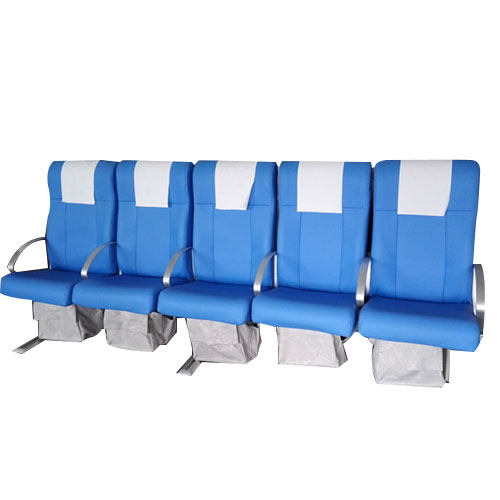
Key Strategies to Achieve Space-saving Designs in Marine Passenger Seats
1. Compact Folding Mechanisms
One of the most popular space-saving innovations is the incorporation of folding mechanisms in seat designs. Foldable passenger seats that can fold when not in use free up additional floor space for other activities or storage. These designs are particularly useful in multipurpose areas such as lounges, conference rooms, or dining spaces aboard ships.
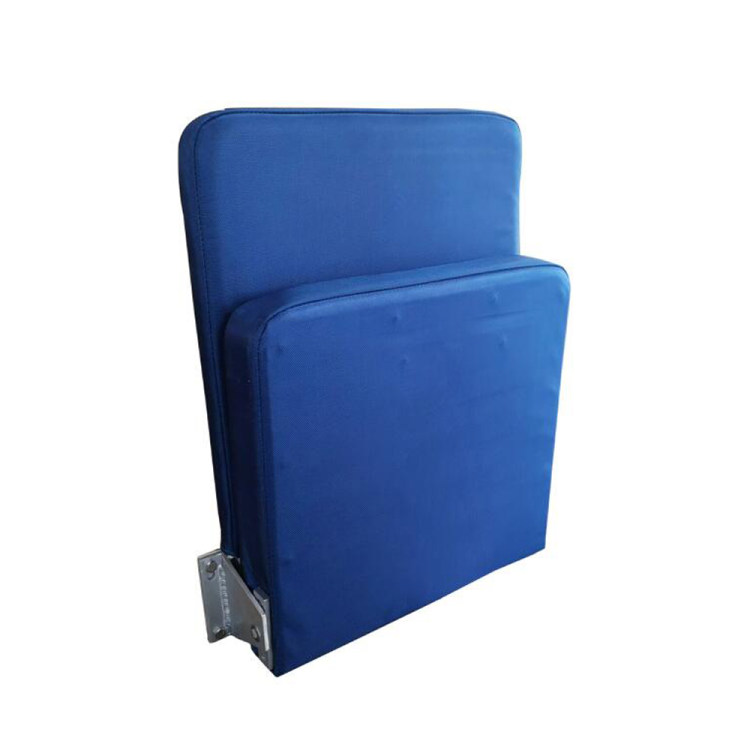
2. Slim Profiles Without Sacrificing Comfort
Modern materials and ergonomic engineering have enabled the creation of slim-profile marine seats that maintain high levels of comfort. Lightweight alloys, advanced composites, and high-density foam ensure durability and passenger support while reducing seat bulk. Slim designs also allow for increased aisle space and enhanced mobility within seating areas.
3. Integrated Storage Solutions
Innovative seating designs now include integrated storage compartments beneath or behind the seats. This feature is ideal for stowing personal items such as life vests, bags, or small gear, reducing the need for additional storage furniture and decluttering the seating area.
4. Modular Configurations
Marine passenger seats with modular designs provide flexibility for reconfiguration based on the vessel’s operational requirements. For instance, seats can be easily rearranged or removed to adapt the space for different passenger capacities or activities. Modular seating systems are especially valuable on ferries and cruise ships, where versatility is key.
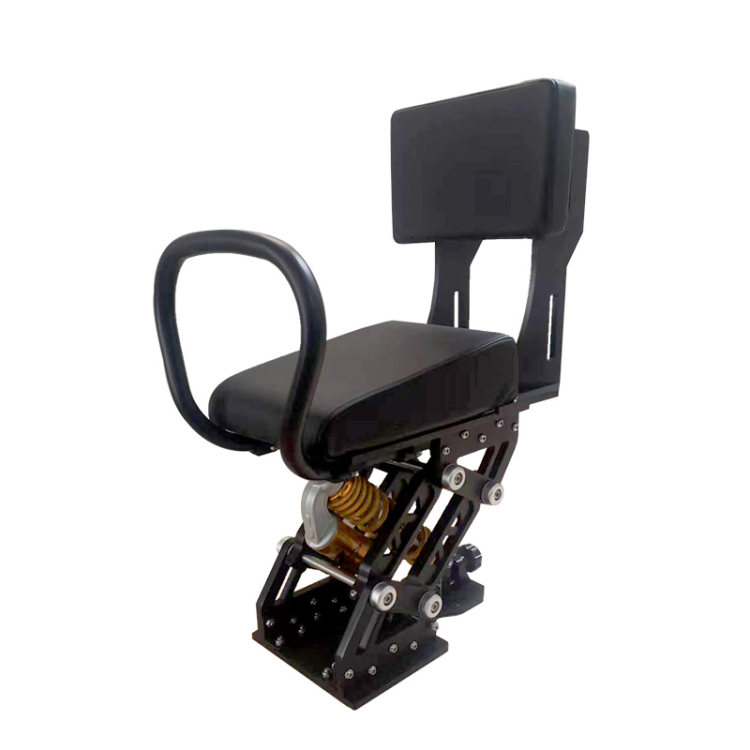
5. Stackable and Convertible Seating
Stackable seats offer an efficient way to store surplus seating when not needed, while convertible seats can serve multiple purposes. For example, some marine seats can transform into sleeping arrangements or tables, offering added utility without occupying extra space.
6. Optimized Seat Pitch and Width
Designers focus on optimizing the pitch (distance between rows) and width of seats to maximize passenger capacity without compromising comfort. By leveraging ergonomic principles and compact designs, seating areas can accommodate more passengers within the same footprint.
7. Lightweight Materials for Easy Rearrangement
The use of lightweight yet durable materials such as aluminum, carbon fiber, and advanced polymers makes marine seats easier to move and reposition. This feature is particularly beneficial for vessels requiring frequent seat adjustments to cater to diverse passenger loads and activities.
8. Compliance with Safety Standards
Space-saving marine chairs are designed with strict adherence to safety regulations. Features like fire-retardant materials, secure fastening systems, and ergonomic designs ensure that passenger safety is not compromised in the pursuit of space efficiency.
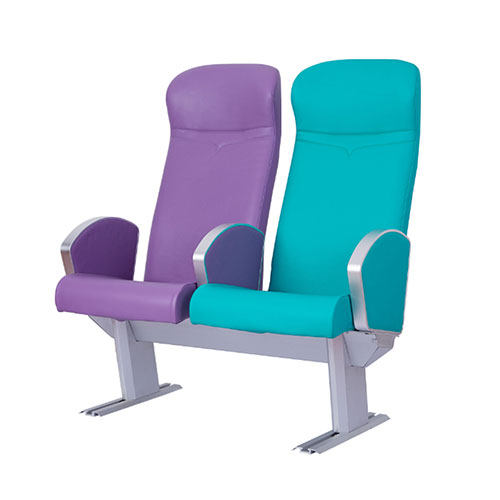
Applications of Marine Passenger Seats with Optimized Space-saving Designs
This chart highlights how optimized space-saving marine passenger chairs cater to diverse applications, each benefiting from features designed to maximize functionality and enhance passenger experience.
| Application | Description | Key Features | Benefits |
| Ferries | High-capacity vessels for short to medium-distance routes. | Slim profiles, folding seats. | Increased passenger capacity and comfort. |
| Cruise Ships | Large vessels requiring versatile seating for multipurpose areas. | Modular and convertible seats. | Flexibility for events and activities. |
| Speedboats | Small vessels with highly limited space. | Lightweight and compact designs. | Maximized seating within tight areas. |
| Luxury Yachts | High-end vessels prioritizing aesthetics and multifunctionality. | Ergonomic and sleek designs. | Enhanced comfort and visual appeal. |
| Passenger Catamarans | Multi-hulled vessels needing efficient layouts to balance capacity and stability. | Integrated storage and stackable seats. | Space optimization and reduced clutter. |
| Marine Shuttles | Vessels for quick, frequent transport in urban or industrial areas. | Optimized seat pitch and width. | Faster boarding and improved space utility. |
| Offshore Workboats | Transport vessels for crew and staff to offshore platforms. | Durable, lightweight designs. | Efficient use of space and portability. |
| Emergency Evacuation Vessels | Lifeboats or emergency transport requiring compact and safety-compliant seating. | Space-efficient, safety-certified seats. | Maximized capacity for emergency situations. |
| Event and Leisure Boats | Vessels designed for recreational activities, parties, or sightseeing. | Convertible and foldable seats. | Adaptability for varying group sizes. |
| Public Transport Watercraft | Vessels used in urban waterways for regular public transport. | Durable, stackable designs. | Reduced maintenance with efficient layouts. |
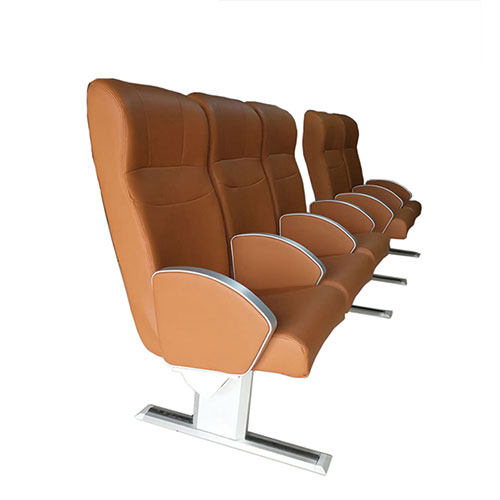
Summary
Space-saving designs in marine passenger seats provides an ideal solution for vessels balancing passenger comfort with operational efficiency. Through integrating folding mechanisms, modular systems and innovative materials, marine seat manufacturers are driving advancements that benefit both operators and passengers.


